6 Ways to Take Back Your Community from the "Parking Void"
Good news about parking?
Estimates vary on just how much parking exists in the United States. One study by the University of California in 2011 put the number of parking spaces at 800 million (three for every vehicle on the road), covering 25,000 square miles of land. Other estimates range as high as a staggering 2 billion parking spaces—or eight parking spots for every vehicle. What this means is that towns and cities have devoted an enormous amount of precious land to parking spaces that go unused anywhere from two-thirds to seven-eighths of the time.
Photo by the author as part of the #BlackFridayParking campaign. Taken on Friday, November 29, 2019 at noon, Keizer Station in Keizer, Oregon.
In planner-speak, we are “overbuilt.” These parking spaces were expensive to create in the first place and, as we’ve shown, the replacement bills coming due for taxpayers could be impossibly high. There is some good news, though, which is that the movement to #EndParkingMinimums is gaining momentum. Local governments everywhere are striking these costly requirements from their codes...or relaxing them, which is at least a step in the right direction.
And yet, looked at another way, we are underbuilt. This is because all the land tied up in parking spaces could be used in far better ways. As Joni Mitchell sang back in 1970, we’ve paved paradise and put up a parking lot. Mitchell was right on another count too: we usually don’t know what we’ve got ‘til it’s gone. That’s the stage many communities are in now, as residents look around and see asphalt wastelands where once life had been (in the form of houses, historic buildings, small businesses, or green spaces).
Which brings us to our second bit of good news: namely, that more and more of these same communities are converting their parking wastelands back into more valuable assets. In some cases, they are de-paving parking lots so paradise can grow again as parks and urban farms. Other towns and cities are repurposing surface parking and parking garages into much-needed revenue generators, including housing and retail space.
Below are six ways this is happening now around North America. This article is longer than usual because I wanted to provide a wide range of examples of how towns and cities are finally liberating the value long sequestered as empty parking. I wanted you to see that—whatever level of resources you and your community have available—there are things you can do to transform your parking spaces into the kinds of places that will make your town or city lovelier, more vibrant, and financially stronger.
1. Convert parking to parks
One way we’ve seen people reclaim parking spaces is by transforming them into parks and pocket parks. All around North America, as well as in Europe, communities are replacing “the worst kind of infrastructure with the best.”
Back in 2005, members of the renowned San Francisco design studio REBAR plugged a parking meter for a few hours, rolled out some sod, and set out a potted tree and a bench to sit on. Thus was born the first PARK. Since then, the third Friday of September has been designated PARK(ing) Day. PARK(ing) Day events now occur in hundreds of cities around the world, in what REBAR described as “a global experiment in remixing, reclaiming and reprogramming vehicular space…” Some of the temporary parks in San Francisco have now even become permanent parklets.
I recently talked to architect Joshua Tomey about his experience organizing a PARK(ing) Day event this year in Columbus, Ohio. Tomey had seen a news article after-the-fact about September 2018’s event in Columbus, and so he set a reminder on his phone to check back in a year. But when the reminder came, and he made inquiries with the local chapter of the American Society Landscape Architecture (ASLA)—the ASLA helps organize PARK(ing) Day—there didn’t seem to be anything brewing. So he took matters into his own hands. He found an implementation manual online. He contacted the city to see if he needed a permit. When he didn’t get a clear answer, he pushed forward anyway, deciding to ask for forgiveness if he couldn’t ask for permission.
Tomey also decided to collaborate with a local business who wouldn’t complain about losing a parking space in front of their shop for a day. He found the perfect partner in Prologue Bookshop, a relatively new bookstore in Columbus’s Short North Arts District. The owner and manager of Prologue, Dan Brewster, is a native of northeastern Ohio. But he had also lived in the Bay Area and was familiar with PARK(ing) Day. Together, Tomey and Brewster designed their pop-up park as a kind of “outdoor reading room.” Prologue promoted the upcoming event to its customers. Tomey found other partners too. A local plant shop, STUMP, loaned out some palm trees. Friends and coworkers brought potted plants. The patio furniture came from someone’s backyard. In the end, their only cost was $20 to rent a truck (to haul the supplies) and approximately $7 in “parking” fees.
Image courtesy of Joshua Tomey.
Image courtesy of Joshua Tomey.
When the day came, the response was overwhelmingly positive. The Short North neighborhood is known as the densest neighborhood in Ohio, and it is in need of more green space. Several neighboring business owners came over and said how much they loved the park, even asking if it could be made permanent. Almost without exception, the passersby were positive too. City officials never came. A Short North improvement district ambassador strolling past did ask what was going on, but just said “cool” and kept on walking. “It was kind of crazy how easy it was,” Tomey said.
Tomey was pleased by how well the park experiment was embraced. But he admitted that going into it he had fears he needed to get past. “I was nervous that people would try to stop me, yell at me, tell me to move, or that I’d get no feedback or wouldn’t find a business to put it in front of. Instead, I got yes after yes.”
Organizing the PARK(ing) Day event was important to Tomey because Columbus is further behind than other cities when it comes to designing for people rather than cars. He hopes the event gave people a glimpse at how road space can be reallocated in different ways. He definitely plans to do it again next year, once again collaborating with Dan Brewster and Prologue: “I have a new friend out of it,” he said.
2. Free your soil (and the rest will follow)
(PARK)ing Day installs parks on top of surface parking spaces. There are other efforts to get rid of our extra pavement altogether.
One example is the Portland, Oregon-based nonprofit Depave. Depave helps people reduce pollution and reconnect with the natural world (as well as with each other) by removing impervious pavement—including parking lots—and “freeing the soil” underneath.
To date, Depave has helped communities replace tens of thousands of square feet of concrete and asphalt with trees, rain gardens, native habitats, natural play areas, and parklets. Along the way, they’ve collaborated with schools, churches, and community groups, as well as hundreds of volunteers. Depave says their projects are annually diverting about 2.4 million gallons of rainwater from storm drains and sewers to trees and gardens.
A Depave Network has taken shape too, with groups in Ohio, Massachusetts, Tennessee, Washington, and Canada. Depave has even created a guide for folks who want to “free the soil” in their own communities.
3. Grow food
The flat land of an unused parking lot can make a great site for an urban farm.
Growing Lots Urban Farm in South Minneapolis transformed three vacant lots (including two former parking lots) into a thriving one-acre market farm. (This 2014 video tour draws out useful lessons from Growing Lots for folks who might want to start their own urban farm.)
Two other urban farms we’ve highlighted in the past are the Farmers Assisting Returning Military (FARM) organization in Dallas, Texas, a nonprofit that transformed an urban parking lot into farmland for returning veterans to work in; and Hamilton Farms, which grows produce for several restaurants in St. Louis, Missouri and began on a former parking lot.
The success of urban farms, as well as the excess of big-box store parking, even on Black Friday, has other people thinking too. The French design firm Studio NAB has proposed an ambitious reimagining of the acres of unused parking spaces outside department stores. The concept is called Car Parks 2.0—the next iteration is apparently coming soon—and it involves converting huge parking lots into urban farms, orchards, and garden plots. Interestingly, the design still allows for some parking, but the asphalt has been replaced with a living green layer and the covered carports are covered with productive algae. Studio NAB founder and creative director Nicola Abelkader has said that the parking lot is indicative of our autocentric design, overconsumption and “irrational urbanism.” The response of Studio NAB, he told Fast Company, is to partner with cities and stories to “change sterile spaces into ‘living’ and productive spaces.”
All images via Studio NAB and Inhabitat:
4. Create more housing
One of the ironic effects of parking minimums is that there is now more housing for cars than for people. Even as most of our parking spaces sit empty seven-eighths of the time, towns and cities across the country have identified the lack of affordable housing as a full-on crisis.
Why not convert some of that housing for cars to housing for people? In fact, that has begun...and at every conceivable scale.
Here at Strong Towns, our love of the incremental and small-scale development movement is well-documented. Recently, Andrew Frey told the story on our site of how the infill development movement came to Miami. What finally allowed it to take root in The Magic City was that Miami relaxed its parking minimum restrictions for small buildings. (For more on how parking minimums hinder small-scale developers, check out Chuck Marohn’s 2017 interview with Monte Anderson, one of the founding members of the Incremental Development Alliance.)
A parking space-sized house designed by the students and faculty at the Savannah Colelge of Art and Design. Credit.
One of the reasons we need infill development in the first place is because our communities are riddled with unproductive and mostly-empty parking lots. Well, back in 2014, students at the Savannah College of Art and Design (SCAD) showed what was possible when they temporarily transformed an Atlanta parking garage into a tiny home community. Each prototype house they designed had to fit inside the footprint of a parking space—about 153 square feet. The dwellings were ingenious, beautiful, comfortable, relatively inexpensive (they would have a base price of $40,000) and quick to build.
On a much larger scale, more and more old parking lots and parking garages are being converted into housing. Two of the tallest buildings in Chicago may soon be residential towers built on the sites of old parking lots. Knightley’s Parking Garage—once Wichita, Kansas’s “shining example of mid-century auto-centric architecture”—is now home to 44 one-bedroom apartments. And in Boston, two old garages are being targeted for massive mixed-use redevelopment projects. One would “sprout” a 20-story tower from atop the current garage; all told, it would feature more than 230 condos, 46,000 square feet of retail and restaurant space, and 672 parking spaces (down from 1,037). The other involves the redevelopment of a 1960s-era parking garage that has the capacity for more than 2,000 cars but has only been filled to capacity twice in its lifetime.
5. Create more retail space
The trend toward converting parking garages into more productive uses is so “hot” right now that architects are talking about “future-proofing” new parking garages so they can be easily transitioned to other purposes.
“Other purposes” include not just housing but also retail, restaurant, and e-commerce space. A few examples:
Architect Sergio Lopez-Pineiro demonstrated that an old parking garage—originally intended to serve a hospital that has now been demolished—could be converted into a kind of all-weather recreation center.
Andy Cohen, co-CEO of the architecture firm Gensler, has designed a parking structure that can be slowly transitioned over time into office space, classroom space, or a cultural center.
San Francisco has proposed redeveloping the 732-space Moscone Convention Center garage into “a multiuse complex with at least 100 affordable housing unites and at least 650 hotel rooms.”
The cofounder and CEO of CommonSense Robotics recently made the case that underground parking garages should be converted into e-commerce fulfillment centers.
Image via Twitter (WePark and Lior Steinberg).
Major retailers like Macy’s and Walmart are starting to see how excess parking is harming their bottom-line. In response, they are actively working to turn that “dead space” into more business — either by renting out to other businesses or, in Walmart’s case, by converting parking lots into town-center-style retail shops.
Travis Kalanick, the controversial cofounder of Uber, is now betting big on transforming distressed real estate—including parking lots—into more productive uses. One venture, Cloud Kitchens, creates shared commercial kitchens for delivery-only restaurants. (This is controversial too.)
Here at Strong Towns, we’re leery of big bets. So what can be done on the smaller level? A lot, actually. Why not replace the parking lot with a commercial building? Why not follow the example of WePark and convert street parking into an office space (just bring change for the meter)? Or transform street parking into extensions of storefronts, similar to the Street Seats program in Portland. Or empower food trucks owners?
In my own town, there is a parking lot near our downtown that is the site of a bustling and award-winning farmers market. But that outdoor market only runs from late spring through early fall…and only on Saturdays. The parking lot sits mostly empty throughout the rest of the week. What if my town allowed several pop-up shops to use some of the space? Entrepreneurs could market-test products and services before making major investments in real estate, furnishings, permitting, etc. At the same time, these shops would be creating big value for our downtown.
6. Make it safer to get around
One final suggestion for what to do with all that space devoted to parking is to reallocate it for more humane forms of transportation.
A plan approved in late 2018 in Portland, Oregon will remove some parking spaces in its Central City area to add more bike and bus lanes. New York City Council Speaker Corey Johnson released a report in March calling for New York City to convert some of its three million on-street parking spaces (equivalent in size to twelve Central Parks) into more bus lanes, among other proposals.
For more inspiration, check out this article from the bike advocacy organization PeopleForBikes. Back in 2015, they highlighted ten of the best approaches they’d seen from cities around the world who are converting on-street parking spaces into better bike infrastructure.
Sidewalks were narrowed in order to make room for more street parking. We’ve seen examples of communities around the country who are re-widening their sidewalks, either temporarily as in Georgetown, or permanently.
Do you have your own examples of things you’ve done—or seen done—to take back our towns and cities from the parking minimums Void? Or are there things you’ve always wanted to do but haven’t tried yet? If so, let us know about them in the comments section.

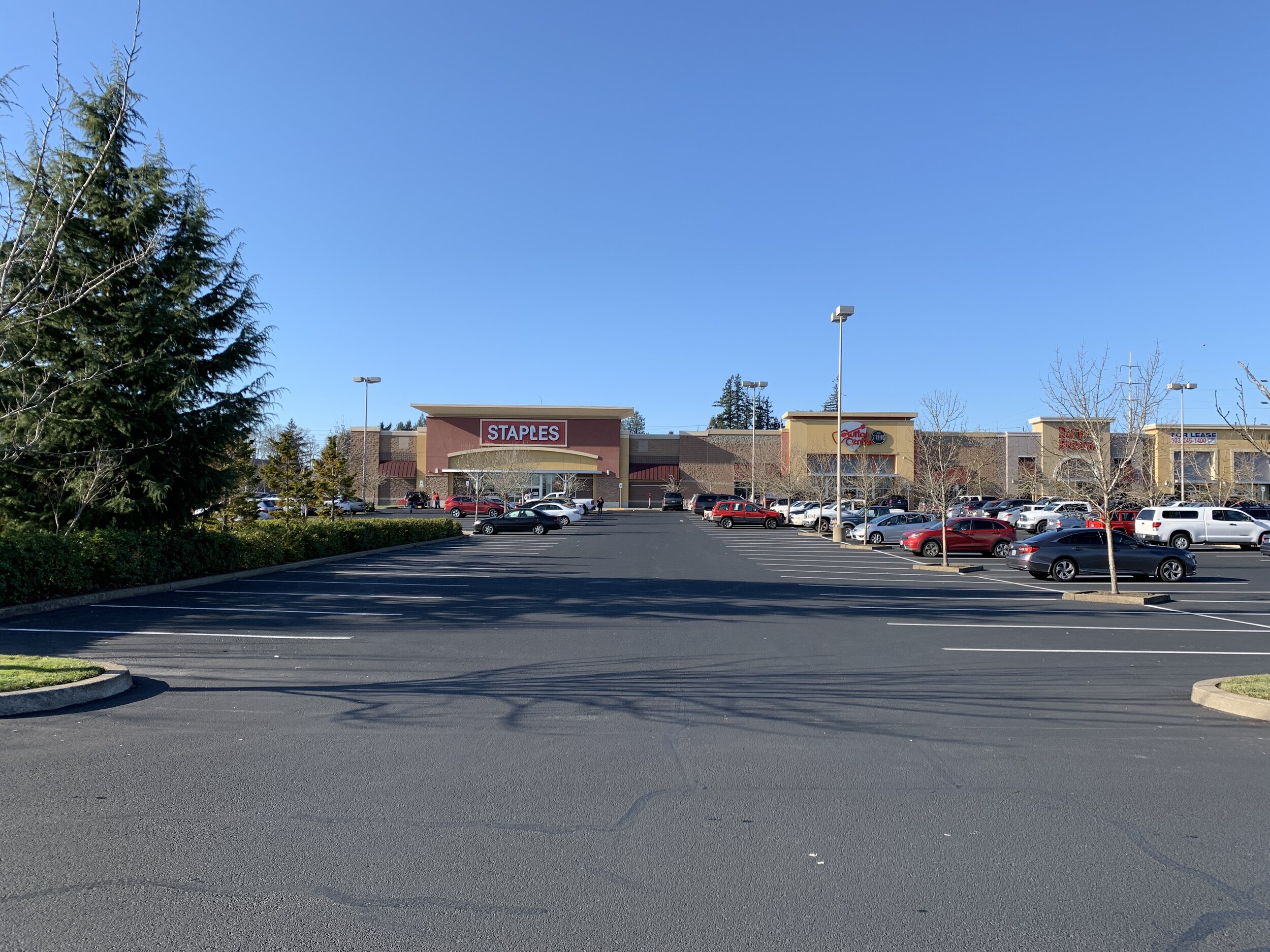
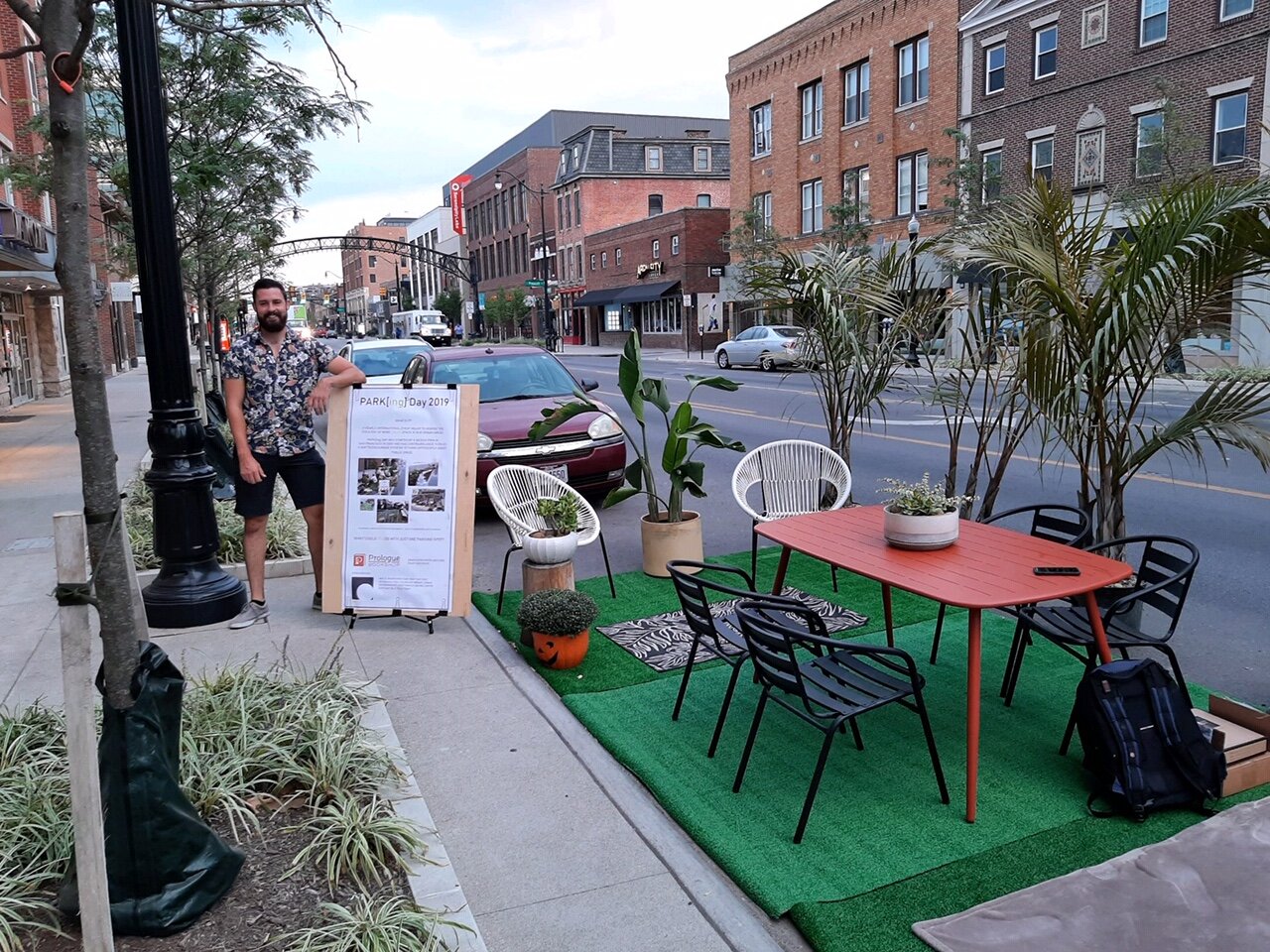
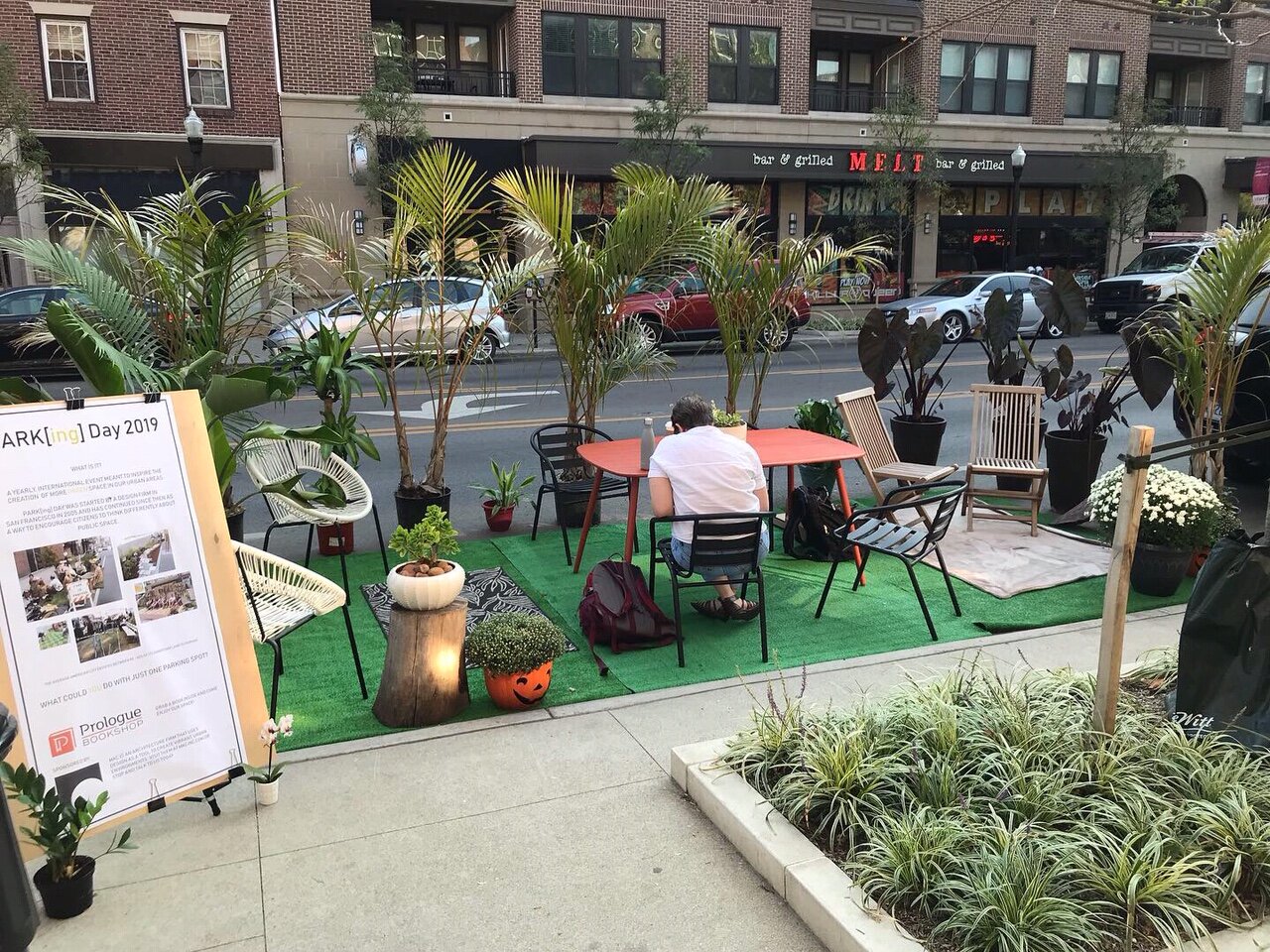
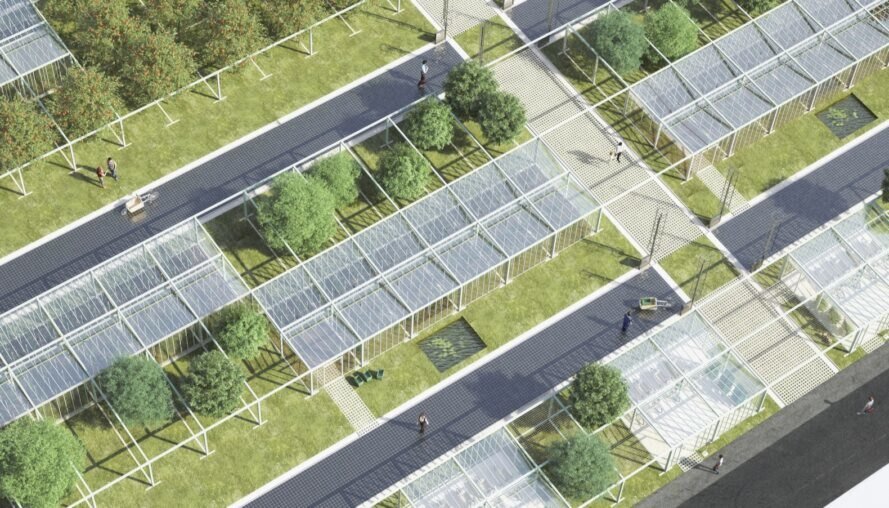

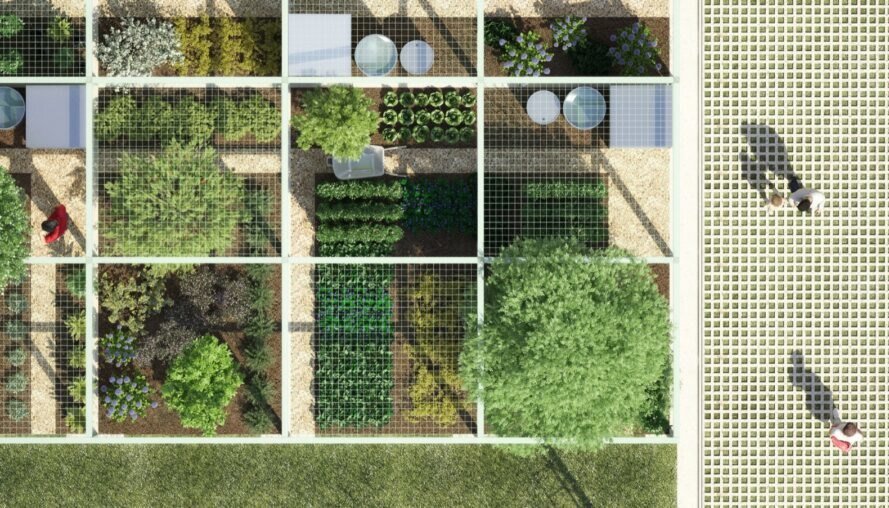
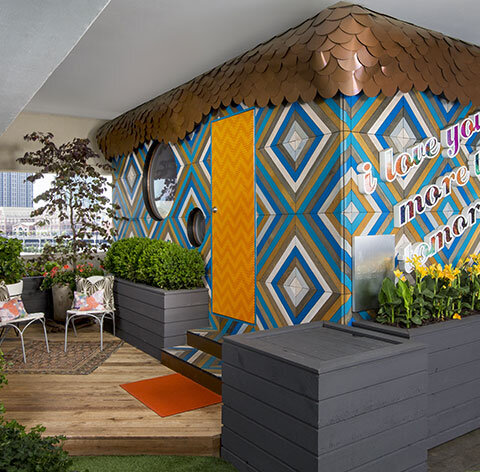
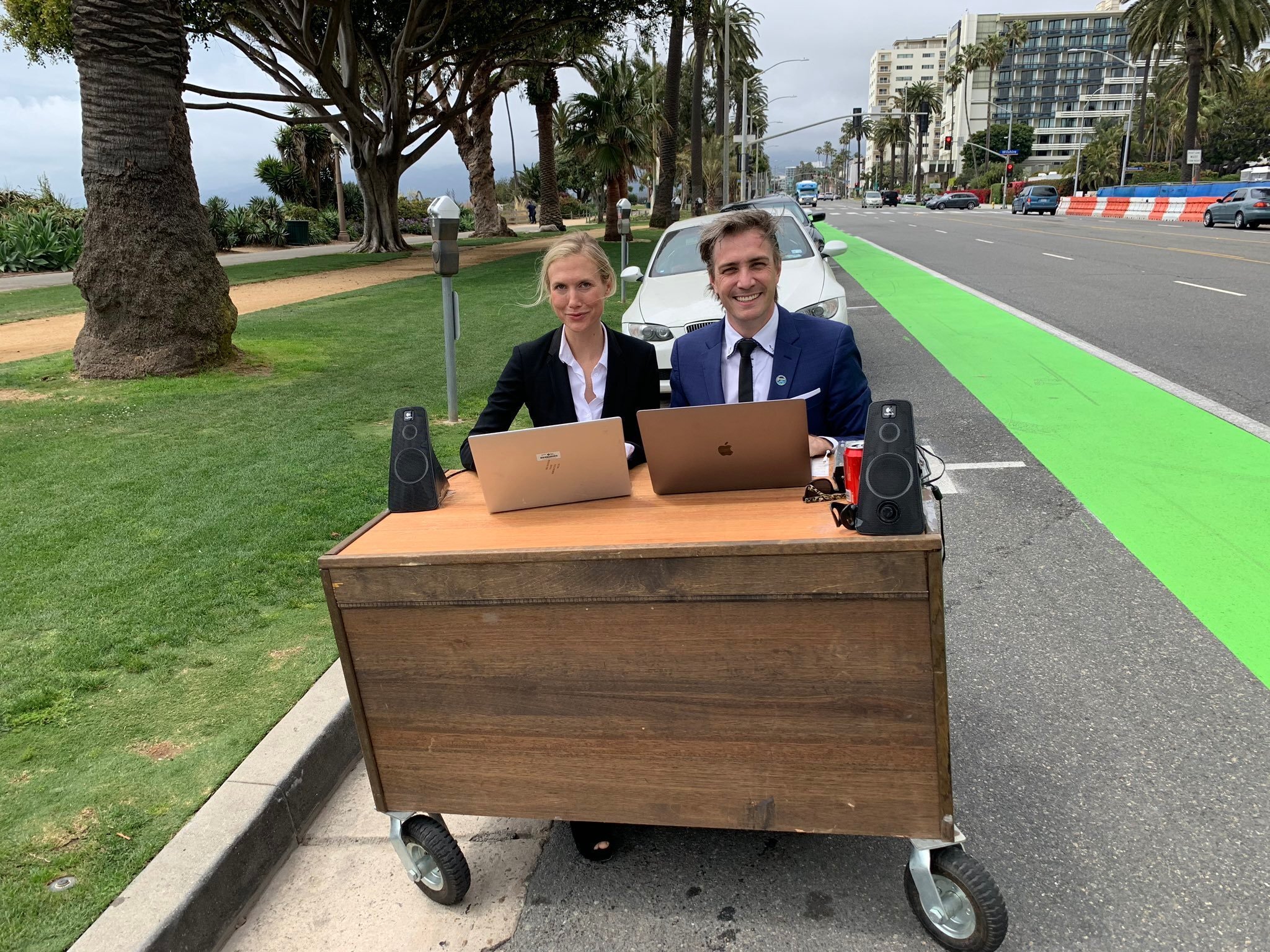
John Pattison is the Community Builder for Strong Towns. In this role, he works with advocates in hundreds of communities as they start and lead local Strong Towns groups called Local Conversations. John is the author of two books, most recently Slow Church (IVP), which takes inspiration from Slow Food and the other Slow movements to help faith communities reimagine how they live life together in the neighborhood. He also co-hosts The Membership, a podcast inspired by the life and work of Wendell Berry, the Kentucky farmer, writer, and activist. John and his family live in Silverton, Oregon. You can connect with him on Twitter at @johnepattison.
Want to start a Local Conversation, or implement the Strong Towns approach in your community? Email John.